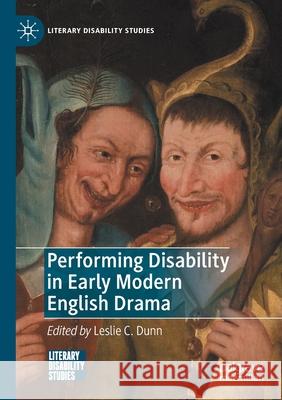Performing Disability in Early Modern English Drama » książka
topmenu
Performing Disability in Early Modern English Drama
ISBN-13: 9783030572105 / Angielski / Miękka / 2022 / 348 str.
Performing Disability in Early Modern English Drama
ISBN-13: 9783030572105 / Angielski / Miękka / 2022 / 348 str.
cena 535,99 zł
(netto: 510,47 VAT: 5%)
Najniższa cena z 30 dni: 535,99 zł
(netto: 510,47 VAT: 5%)
Najniższa cena z 30 dni: 535,99 zł
Termin realizacji zamówienia:
ok. 20 dni roboczych.
ok. 20 dni roboczych.
Darmowa dostawa!
Kategorie:
Kategorie BISAC:
Wydawca:
Palgrave MacMillan
Język:
Angielski
ISBN-13:
9783030572105
Rok wydania:
2022
Ilość stron:
348
Waga:
0.41 kg
Wymiary:
21.01 x 14.81 x 1.83
Oprawa:
Miękka
Wolumenów:
01
Dodatkowe informacje:
Wydanie ilustrowane











